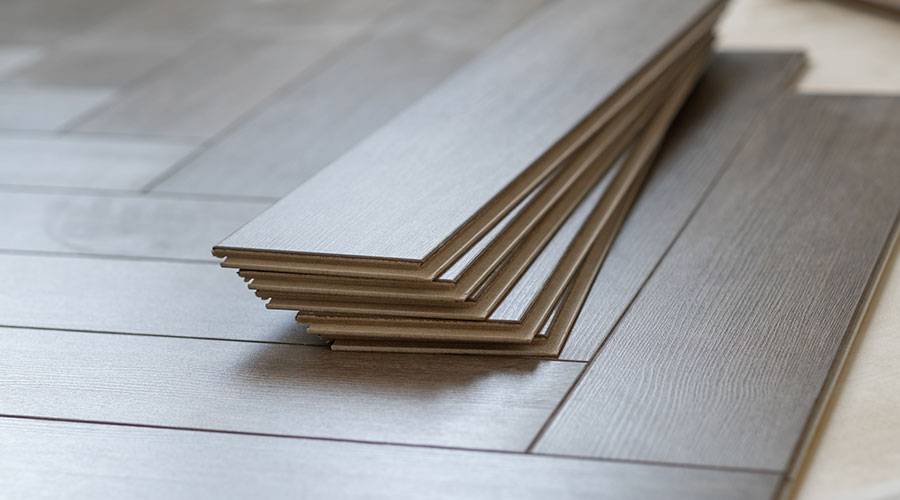Vegetative Roofs: How to Waterproof the System
Project specifications related to waterproofing of vegetative roofing assemblies should include root barriers and membrane protection, fully adhered or grid-isolated attachment, water testing of the installed membrane, and electronic leak-monitoring systems, if desired.
Fully adhered systems inhibit water movement between the roof deck and the waterproofing membrane, so if a leak occurs, the water will not travel far. This feature simplifies leak detection and repair.
Managers can specify grid isolation if the membrane is loose-laid or partially adhered. When it is adhered in a grid pattern, the assembly isolates leaks to a single area of the grid. For systems that are not fully or grid adhered, locating and repairing leaks can be time-consuming and expensive, particularly on intensive vegetative systems. Specifying an electronic leak-detection system also can reduce costs associated with leaks. If leaks occur, electronic systems can pinpoint the breaches and ensure quick and efficient repairs.
Specifications also should include quality-assurance requirements, including flood testing and regular installation inspections by an independent inspector and a manufacturer's representative. Many manufacturers require flood testing of waterproofing membranes before the installation of protection mats and growing media.
Installation and Maintenance
Inspection of the installation, especially of the waterproofing membrane, is essential. Inspectors also should monitor the membrane for damage caused by installers or other workers on site, especially for new construction projects.
Punctures in the waterproofing membrane often can occur after flood testing. If the spaces below the roof are sensitive to moisture, technicians should conduct regular electronic monitoring.
Maintaining vegetative roofs can be relatively simple if managers choose drought-resistant plants and are looking for a natural aesthetic. But some systems require irrigation and regular landscaping.
If a vegetative roof is not too complex and is properly designed, specified, and installed, the system can be a relatively maintenance-free and beautiful addition to any building.
Wade L. Vorley, M-Arch, CDT, is an associate at Wiss, Janney, Elstner Associates Inc. in Seattle. He has provided roofing, waterproofing, and building envelope consulting services in California and the Pacific Northwest for more than 20 years.
Related Topics:














